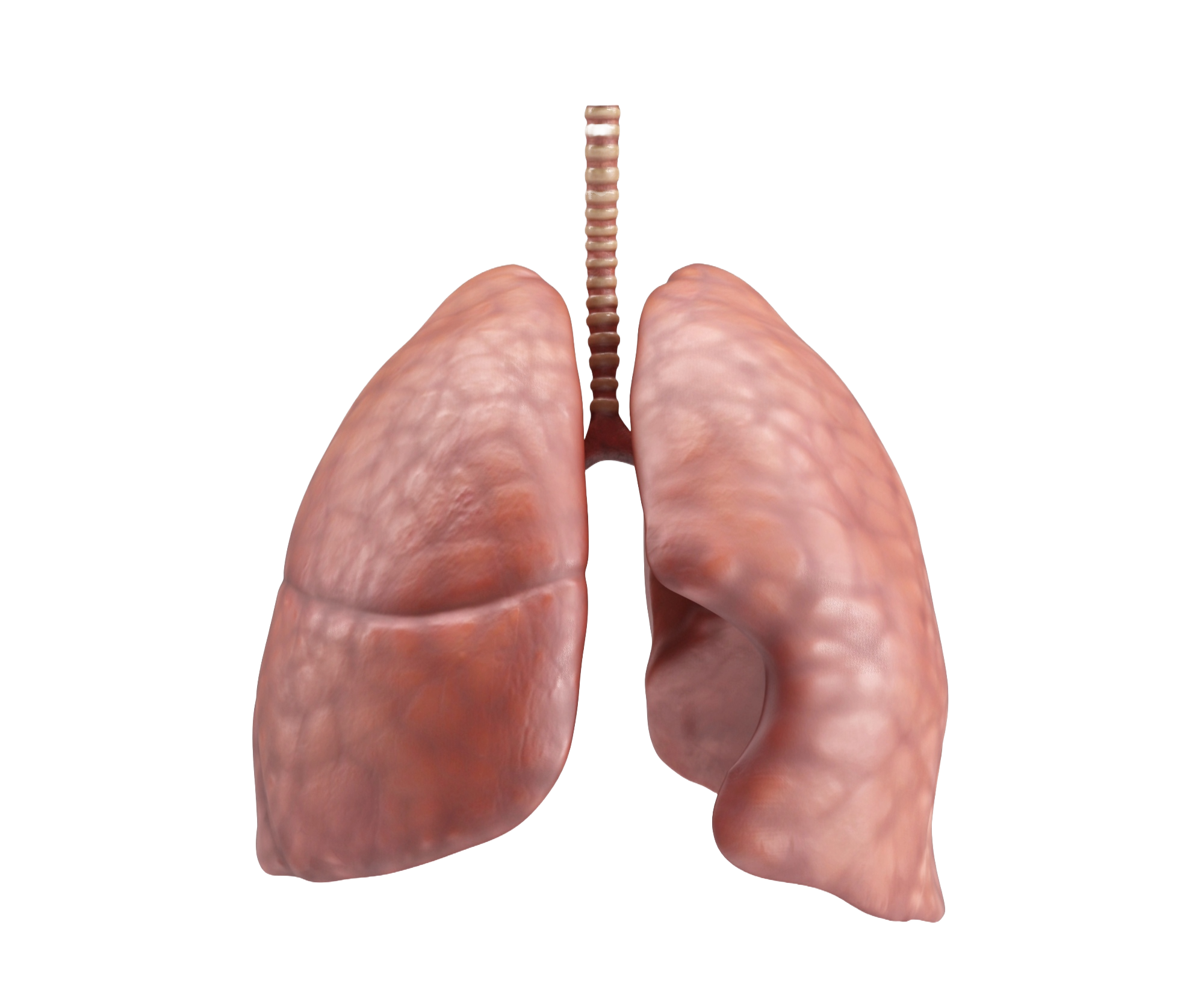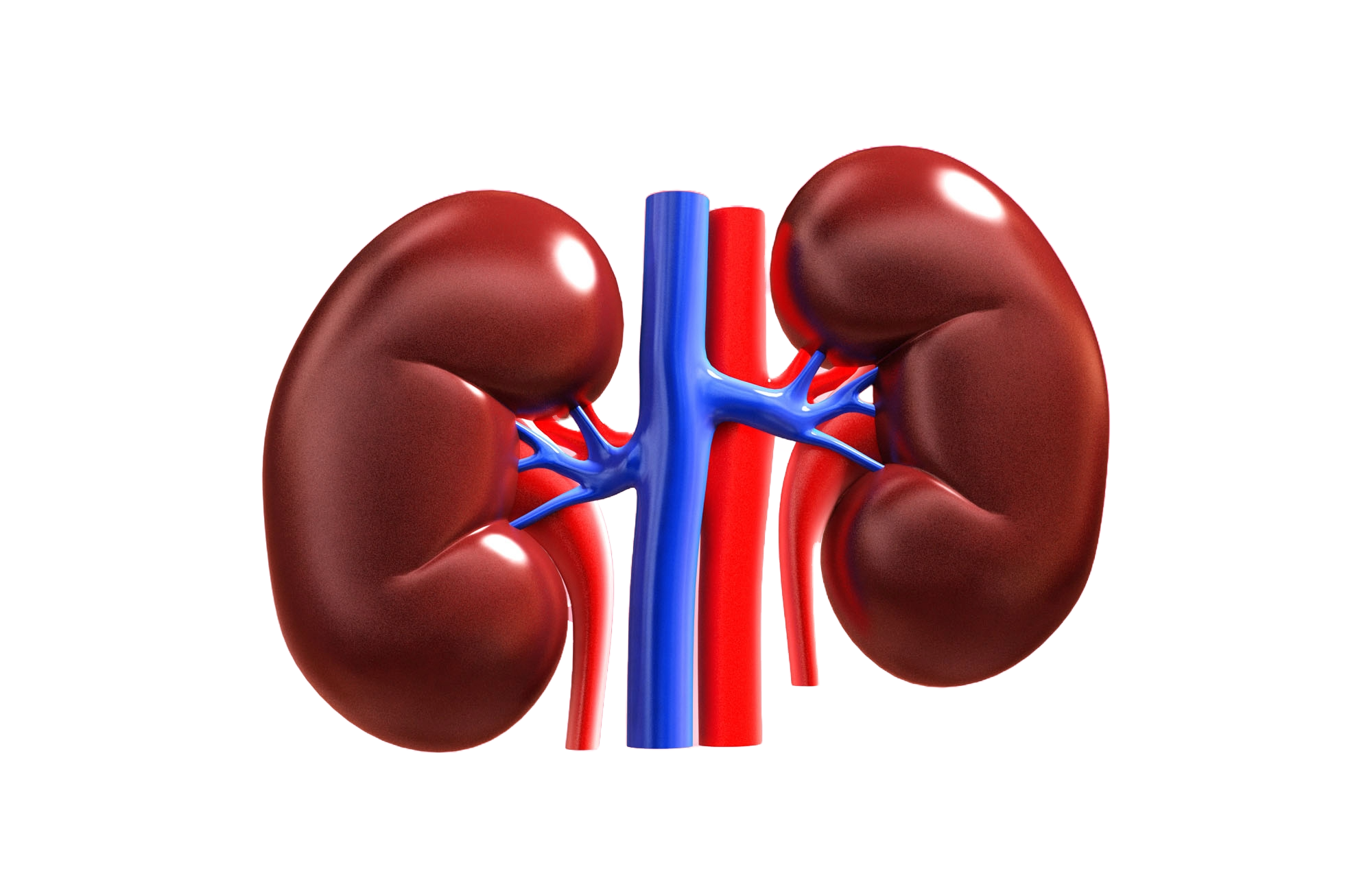Organ Cell
Organ targeted

LUNG ONLY
Organ targeted

KIDNEY ONLY
Unipotent Stem Cells also known as organ cells. They were first practiced in South East Asia roughly around year 2000. Based on their Potency, they can differentiate into only one specific cell type.
Kidney cell as an example, it only able to repair Kidney cells only. Once administered into the human body, these Kidney cells will naturally travel to the Kidney tissues only.
